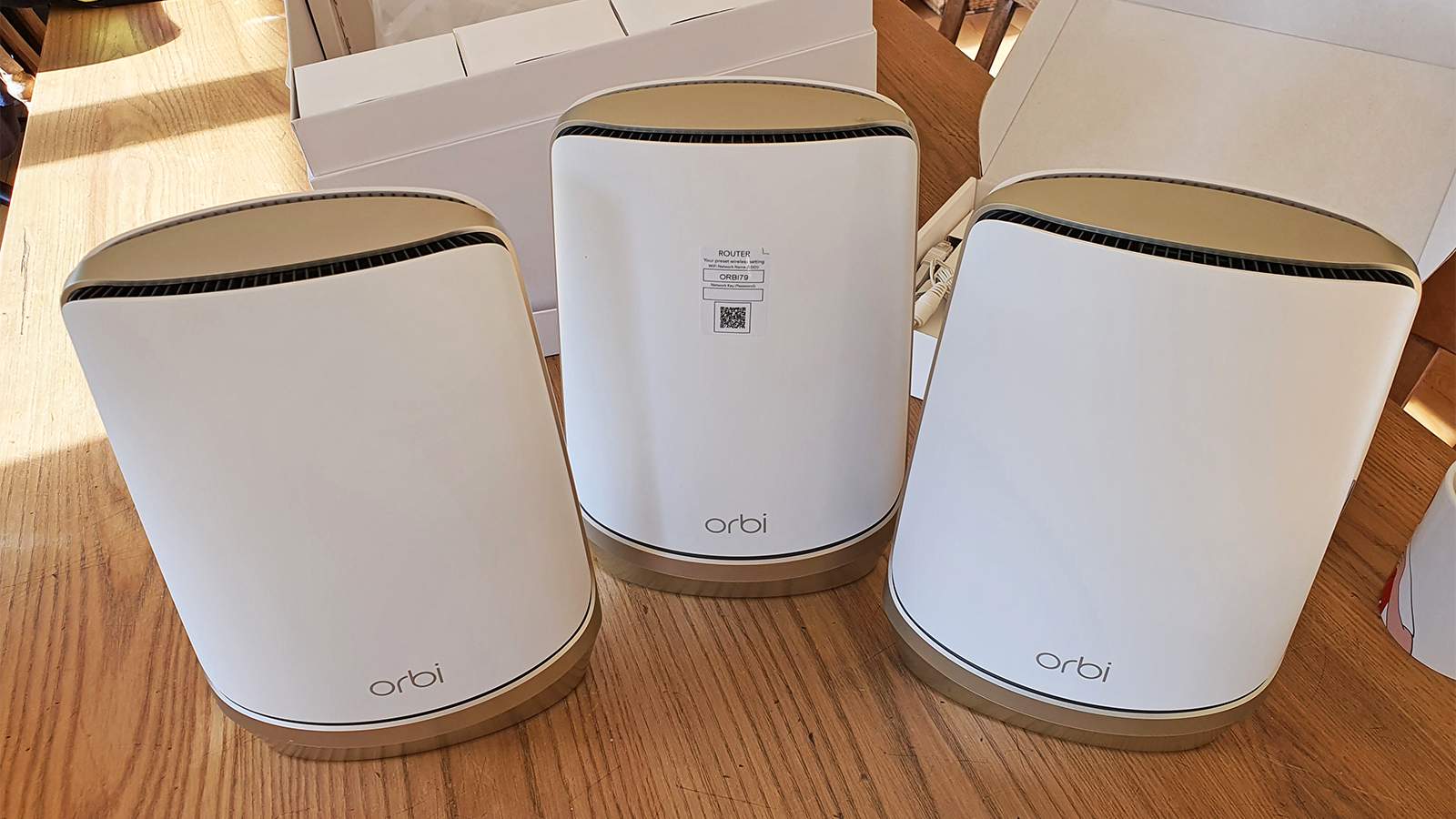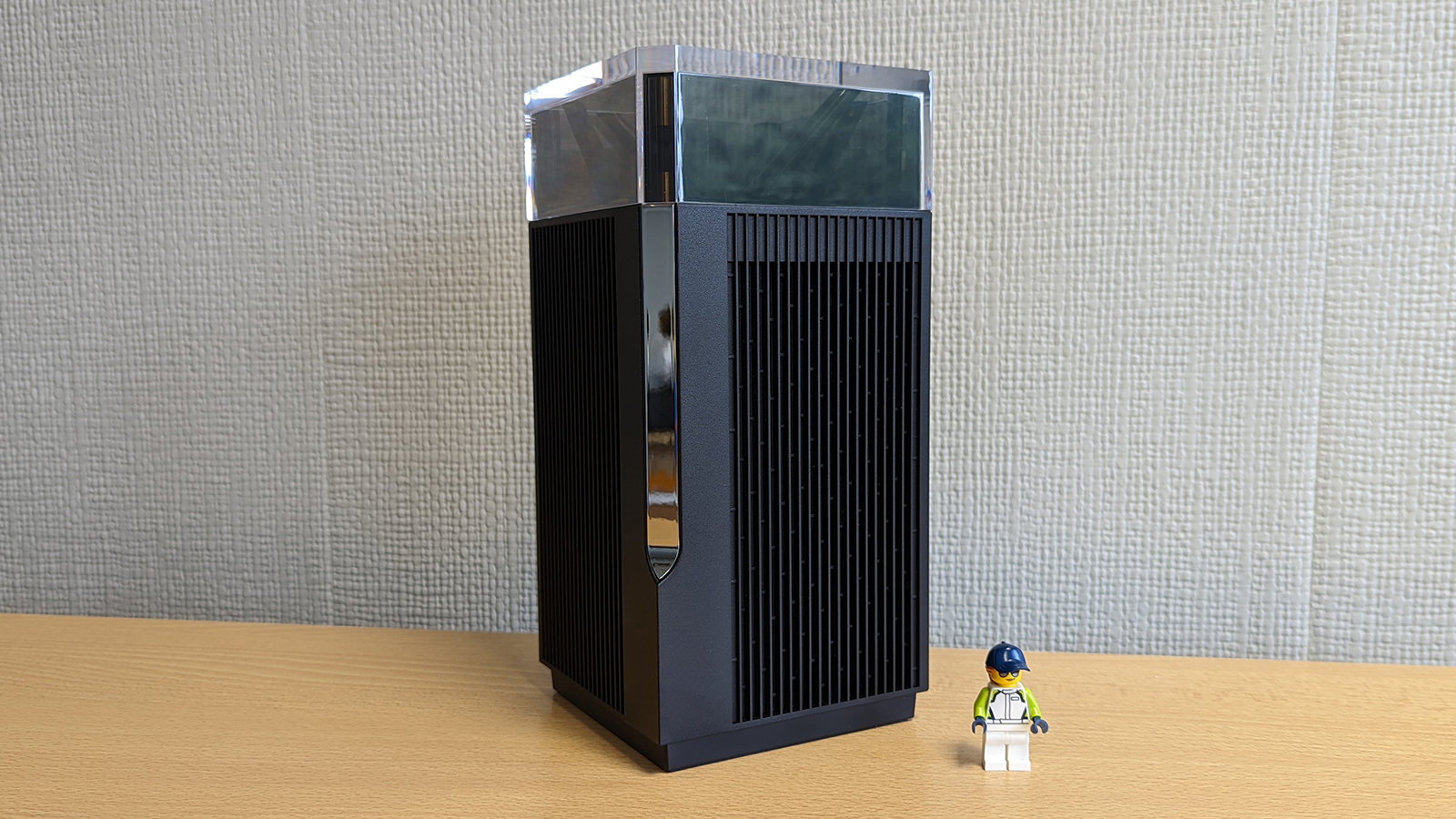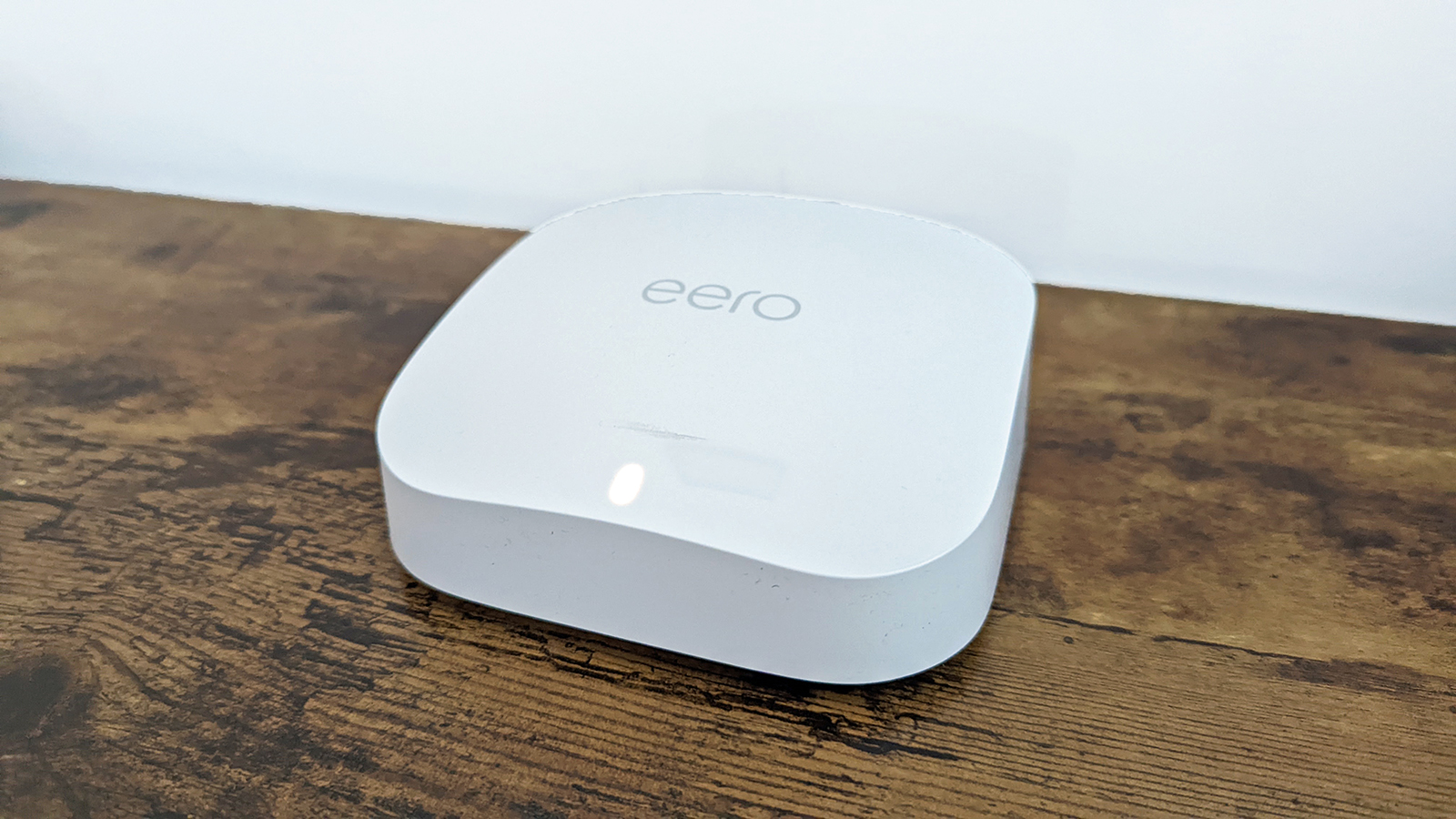I'm upgrading to a mesh network – these 3 picks are the best options
So long Wi-Fi dead zones – it's time to upgrade to a mesh network


If you're having to put up with subpar Wi-Fi coverage in the place where you live, then your thoughts are naturally going to turn to the best Wi-Fi routers and the best mesh Wi-Fi systems around – devices that can make sure that strong Wi-Fi signals get into every nook and cranny of the property you call home.
For some places, a single router with increased coverage will do fine; as for me, it's a mesh network all the way. The job of distributing Wi-Fi is given to two or more nodes rather than a single device, and while the amount you'll have to pay is therefore greater, you have a much more comprehensive home Wi-Fi solution.
I've been wanting to upgrade my home Wi-Fi for some time now, not just to ensure better coverage on every floor and in every corner of our house, but also to cope with an increasing number of devices that need to get online – and having tested out numerous options, my shortlist is down to these three models. The only problem now is trying to choose between them...
1. Netgear Orbi Wi-Fi 6E RBKE963

The Netgear Orbi series has long impressed in terms of mesh networks, and the RBKE963 is currently the top tier option from the brand – as you can probably tell from its hefty price. This three-pack comes with support for the very latest Wi-Fi 6E standard, and delivers awesome performance across a wide area.
Take a look at our Netgear Orbi Wi-Fi 6E RBKE963 review to see just how impressive this hardware package is. It supports up to 200 devices – enough for the busiest of smart homes – and can cover around 7,500 square feet (almost 700 square metres). You don't need to be an IT professional to get it installed however, as there's an accompanying Orbi app that's a breeze to use for setup.
Supporting overall speeds of 10.8Gbps, this mesh network ensures all of your gadgets and gizmos stay connected at the fastest possible speeds, with no problems when it comes to stability or dropping signals. The triple-band technology (including 6GHz) enables you to prioritise certain devices in terms of speed as well, should you need to.
2. Asus ZenWiFi Pro ET12

Another high-end, high-cost, Wi-Fi 6E mesh networking system is this futuristic-looking option from Asus. There are just two units in the standard pack this time, giving you coverage for up to 6,000 square feet (over 550 square metres), tri-band speeds up to 10.8Gbps, and capacity for dozens and dozens of devices – although Asus doesn't put an exact number on this as some manufacturers do.
Get all the latest news, reviews, deals and buying guides on gorgeous tech, home and active products from the T3 experts
In our Asus ZenWiFi Pro ET12 review we talked about the "dazzling" tech specs you get with this hardware – OFDMA, beamforming, 1024-QAM and more (don't worry if you don't know those terms, they're simply all aiming to get you Wi-Fi that's faster, more reliable, and better when managing a lot of devices at once). There's also a dedicated 5GHz backhaul channel that lets the boxes chat to each other without affecting the rest of your home network.
Admittedly the looks aren't going to be to everyone's tastes, as these units have the aesthetics of props that have been used on a sci-fi movie – but then most people aren't going to be too fussed about what their mesh router system looks like, as long as it's doing its job. It's definitely in the top three options for me, if you can stomach the price point anyway.
3. Amazon Eero Pro 6E

This is the more affordable of all the options I've listed here, and arguably the easiest to setup too, which means it's going to have broad appeal. At the same time you're not going to get the same coverage or performance as you do with the Netgear or Asus models – so it's a question of that balance between power and price.
When we reviewed the Amazon Eero Pro 6E, we found that the mesh network made a significant boost in terms of Wi-Fi coverage and speeds, compared to a standard ISP-supplied router. As with other Eero products, the accompanying app is intuitive and takes all of the hassle out of managing a network.
You get tri-band functionality, network speeds up to 2.3Gbps, and 560 square metres (more than 6,025 square feet) of coverage with a three-pack. Add it all up and it's a serious contender for my mesh network upgrade – particularly if I want something that's straightforward to manage and isn't going to take up much room. All whilst being about a third of the price of its (admittedly more capable) competitors.
Dave has over 20 years' experience in the tech journalism industry, covering hardware and software across mobile, computing, smart home, home entertainment, wearables, gaming and the web – you can find his writing online, in print, and even in the occasional scientific paper, across major tech titles like T3, TechRadar, Gizmodo and Wired. Outside of work, he enjoys long walks in the countryside, skiing down mountains, watching football matches (as long as his team is winning) and keeping up with the latest movies.
